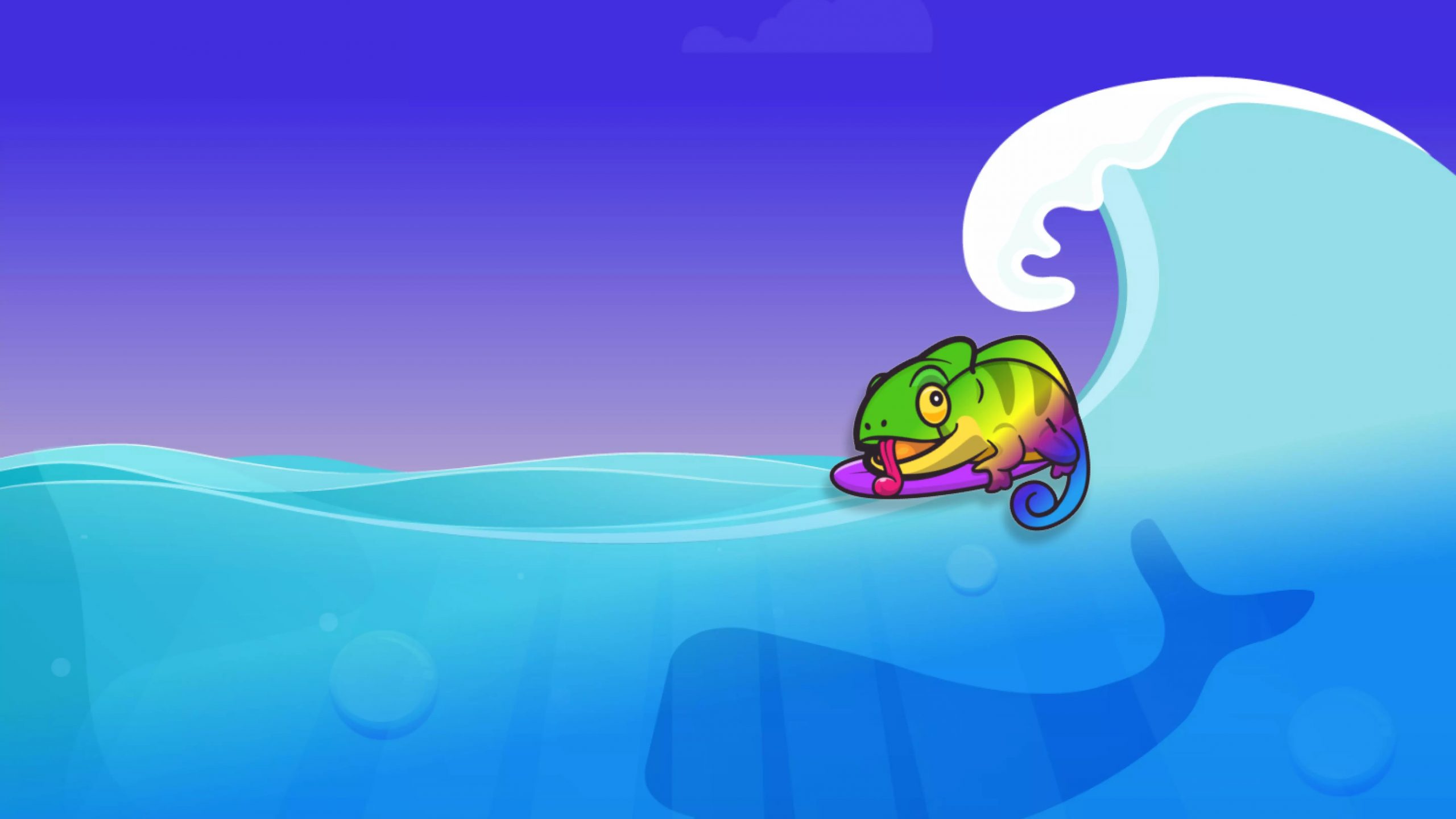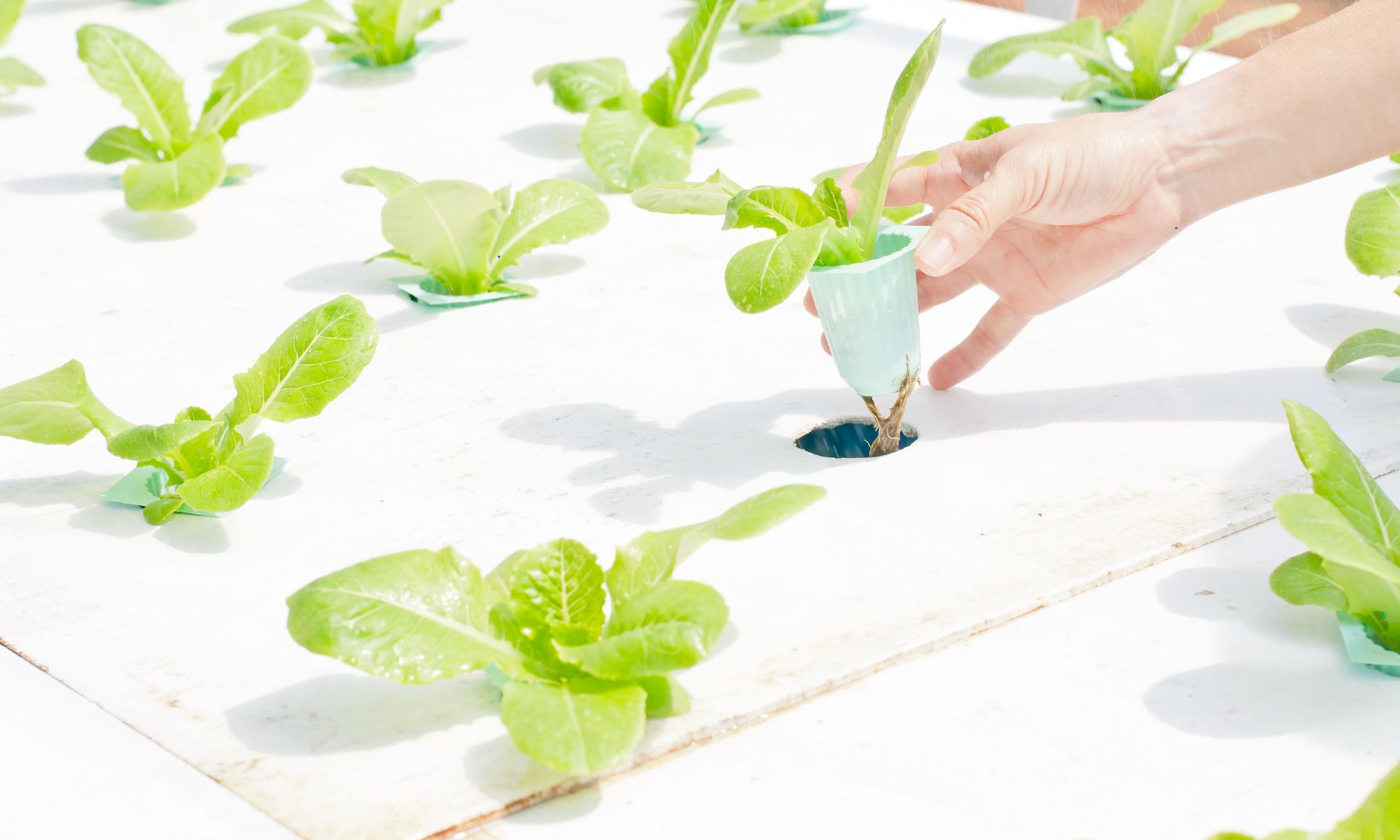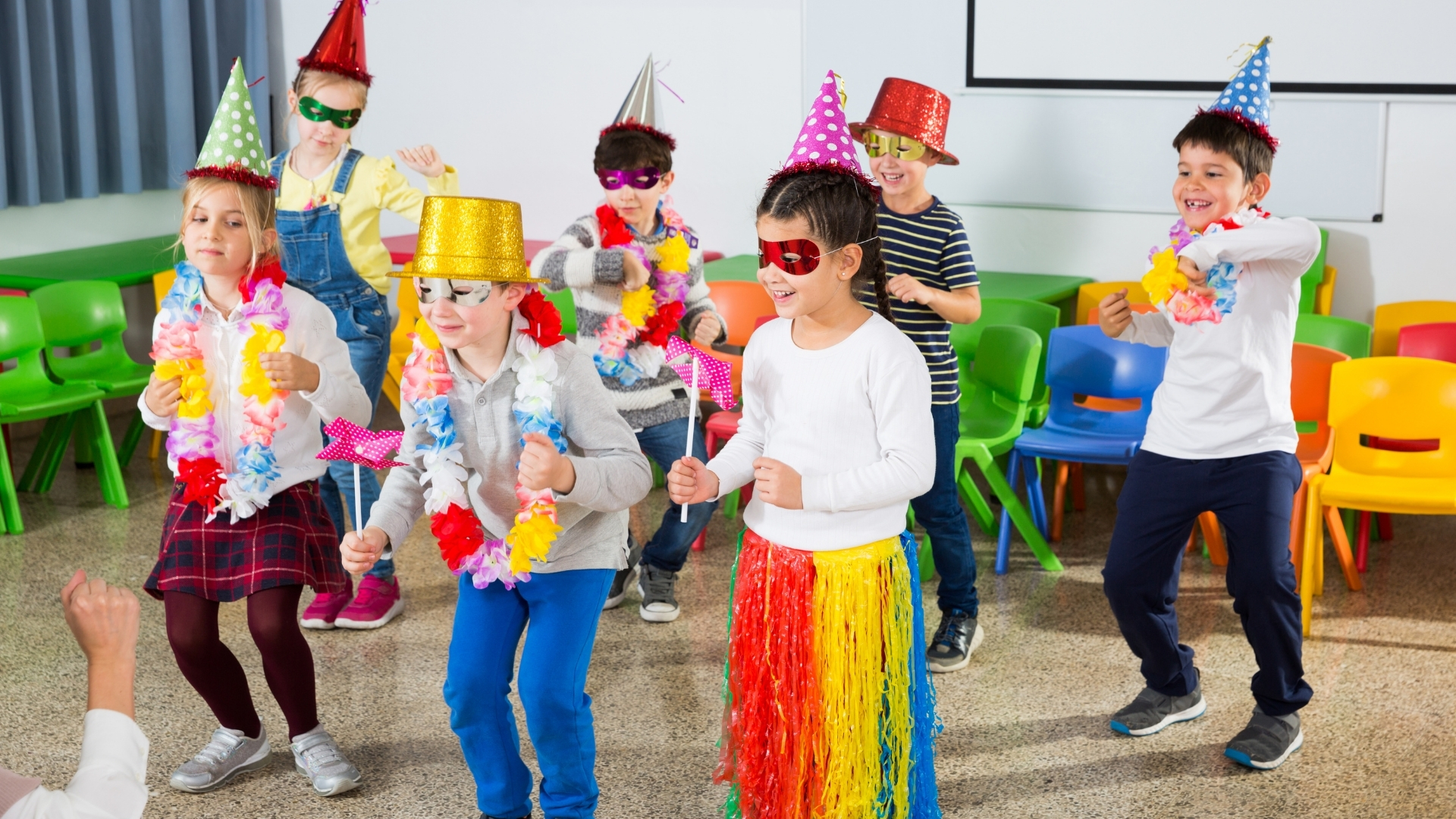Last year, I had the unique opportunity to teach the entire 6th-grade English cohort at an international school. This opportunity allowed me to change the curriculum and rethink how my students were assessed. My focus was to make assessments fun and creative, encourage hands-on learning, and produce tangible evidence of student growth.
With the increasing influence of digital media and AI in education, I wanted to take a step back and reintroduce traditional, hands-on methods of assessment. This journey not only benefited my students but also helped me grow as an educator. This ‘rethink’ had an impact on all of us, and I wanted to share it.
Who is this for?
This article is for educators, school administrators, and anyone involved in the education sector who wants to rethink traditional assessment methods.
I will share how we made assessments fun and engaging, some examples of the various hands-on projects we undertook, and the positive impact these changes had on student growth and learning. Through detailed examples and data, I aim to inspire and guide fellow educators in making their assessments more enjoyable and practical (it’s all about the students – always).
Engaged Learning: The Planning Process
When planning each unit, I asked myself five essential questions:
1. What do we need to learn?
2. How will we learn it?
3. How can I collect evidence of what the students are learning?
4. How can I assess this?
5. How can I make this fun for them? (The Golden Rule)
In the past, I rarely considered the fifth question, and I’m sure others can relate (even if they won’t admit it out loud). It’s true, as educators, we are often driven by curriculum demands and stressed about meeting learning objectives, which can make the learning process tedious and overwhelming for students (especially at a grade 6 level). Engaging students in a fun way helps them learn more effectively. It’s about more than just telling students that “learning is fun”, we should actually make it fun. I incorporated these 5 steps into my planning process. The results exceeded my expectations.
Incorporating Fun and Creativity into Assessments
I thought about the best way to share these experiences and concluded that I would break it down into three examples. Each example explains how we traditionally taught a unit, and then it shows what we did differently last year and how it changed how the students learnt (pictures and data included).
Example 1: The Giver (Literature) – Creative One-Pager Project
Traditionally, students would write an analysis essay on The Giver after reading the novel and discussing character development. It’s pretty dull stuff for a 6th grader. Instead, we transformed this into an A1 creative poster project called a “One Pager.” This poster included a collage, artistic write-ups, and a character development analysis. Students worked on their posters throughout the unit, which were later displayed in the corridor. The feedback from visitors, teachers, and parents was overwhelmingly positive. Students demonstrated growth, engaged learning, and pride in their work. The assessment wasn’t done all in one sitting but rather over a course of 8 weeks, allowing students to develop with the unit and with the assessment (they could identify growth when they reflected).

The ‘One Pager’ posters were a splash of colour. They were busy and full of artefacts that showed their learning. The students were proud of their creations and had everything right there when someone asked them what they learnt over 8 weeks. One student pointed out that they thought it was “The best wall in the school” – I agreed with them.


Example 2: The Odyssey – A Board Game Creation
For The Odyssey graphic novel by Hinds, we moved away from standard analysis (essay writing) and instead asked students to create a board game. The only requirement was that the game must relate to the literature we were studying. This open-ended prompt allowed students to use their imagination and creativity. They presented their games in a “Shark Tank” style scenario, where their efforts and innovation shone through. The quality and professionalism of the games were truly remarkable. The students played each other’s games and gave one another feedback. Students went back to fix or change certain aspects of their games so that they worked and entertained their peers.
Through this project, they gained a deeper understanding of the epic poem by identifying characters, exploring character development, analysing the setting, and more.
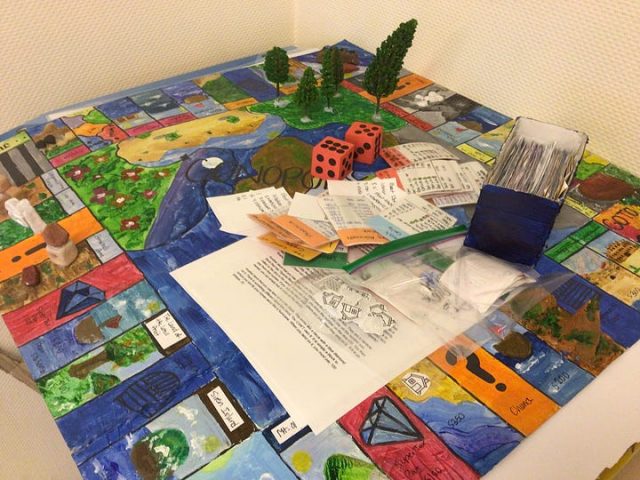
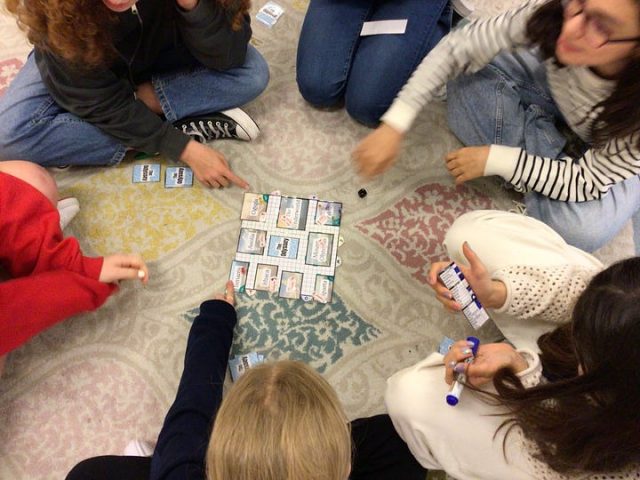
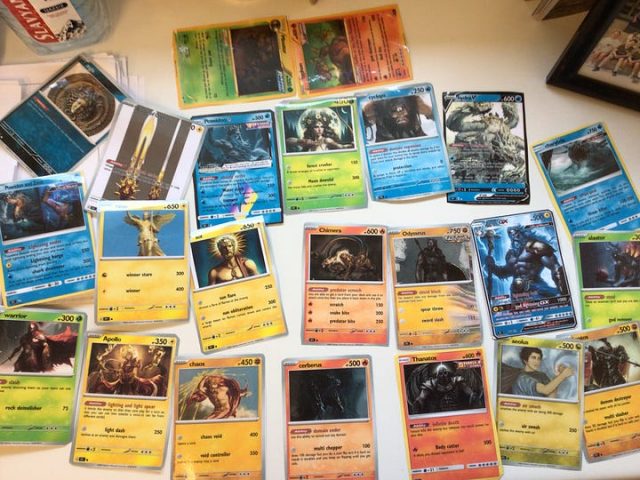
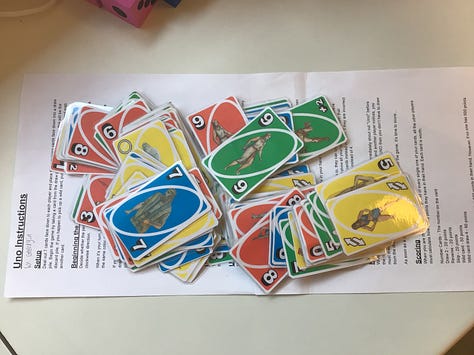
Example 3: Poetry Unit – Poetry Café
Instead of merely reading and writing poems, we created a poetry café experience. Students wrote their own poems, researched slam poetry, and performed their works in a café setting complete with a spotlight, popcorn, and a microphone.
They memorised their poems, infused them with emotion, and performed in front of the entire secondary school. This engaging activity made poetry accessible and enjoyable for all students.
By crafting their own poems, researching slam poetry, and performing in an authentic café setting, the students developed creative writing, public speaking, and performance skills. This unique activity made poetry accessible and enjoyable for all, fostering a deeper appreciation for the art while building confidence and encouraging collaboration.
The Impact on Student Growth – Data and Beyond
Despite the shift in assessment methods, we met all curriculum requirements. The grades improved, and summative data showed significant growth in both writing and reading. The median growth percentile in language usage was 78%, and in reading, it was 80%. Every student showed growth, with 100% achieving progress. Beyond academics, students gained practical skills, such as using scissors properly (can you believe it) and operating a laminating machine, and engaged deeply with literature and poetry. The students were talking about books and authors and sounded excited by it. All of the learning was student-led; after introducing a topic, the students knew what to do and were excited about doing it. This type of learning fostered risk-taking and independence. As you can see from the examples above, the students took agency for their learning.
Reflections and Future Directions
This approach to making learning fun and engaging has proven to be highly effective. It wasn’t difficult to implement, and the benefits were clear: students learned more, enjoyed the process, and engaged with the content more deeply. Moving forward, I can’t imagine returning to traditional assessment methods. This year has shown me the power of creative, hands-on learning, and I am excited to continue exploring and expanding these methods in the future.
The Importance of Making Learning Fun
Making assessments fun and engaging is not only possible but also incredibly rewarding for both students and educators. By rethinking how we assess student growth and incorporating creativity and hands-on activities, we can create a more engaging and effective learning environment. The success of this approach in my English class serves as a testament to the potential of innovative assessment strategies, and I want to continue exploring and researching them.
Bibliography
- “Reimagining Assessments: How Creativity Can Boost Student Engagement and Learning.” Edutopia
- “Making Learning Fun: Strategies for Engaging Students.” TeachThought
- “The Benefits of Hands-On Learning in the Classroom.” EdTech
- “Using Creative Projects to Assess Student Learning.” KQED

